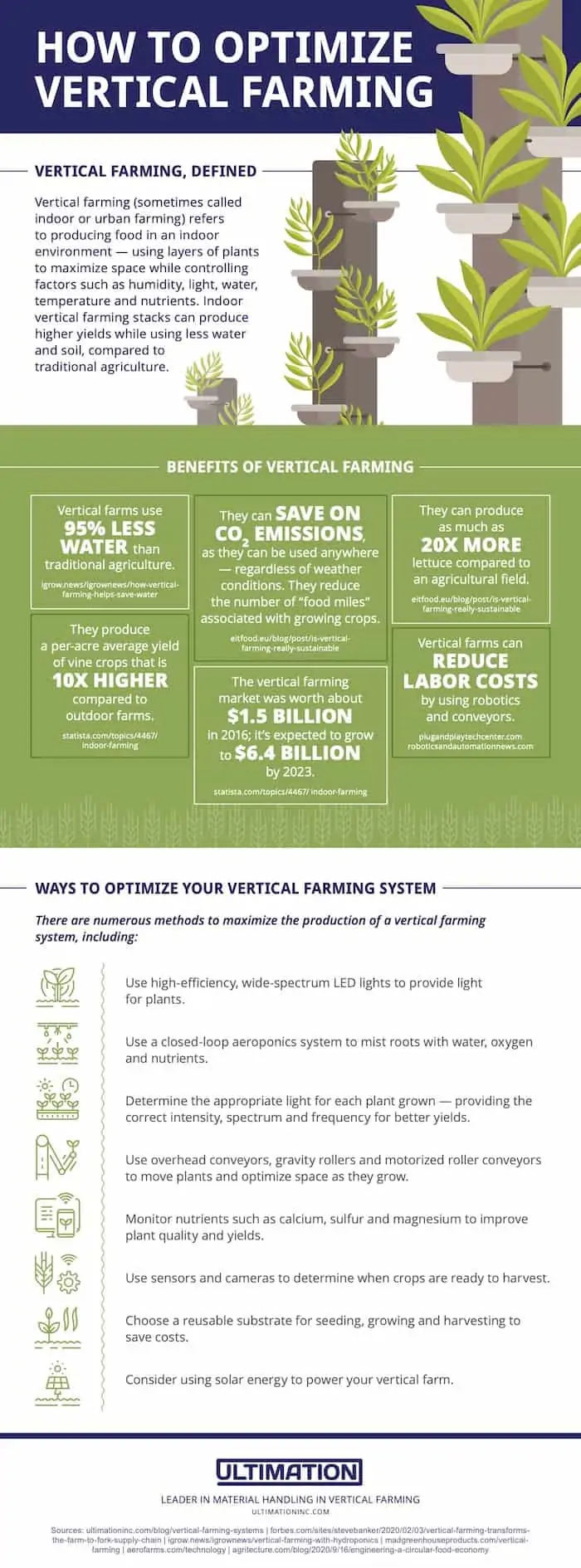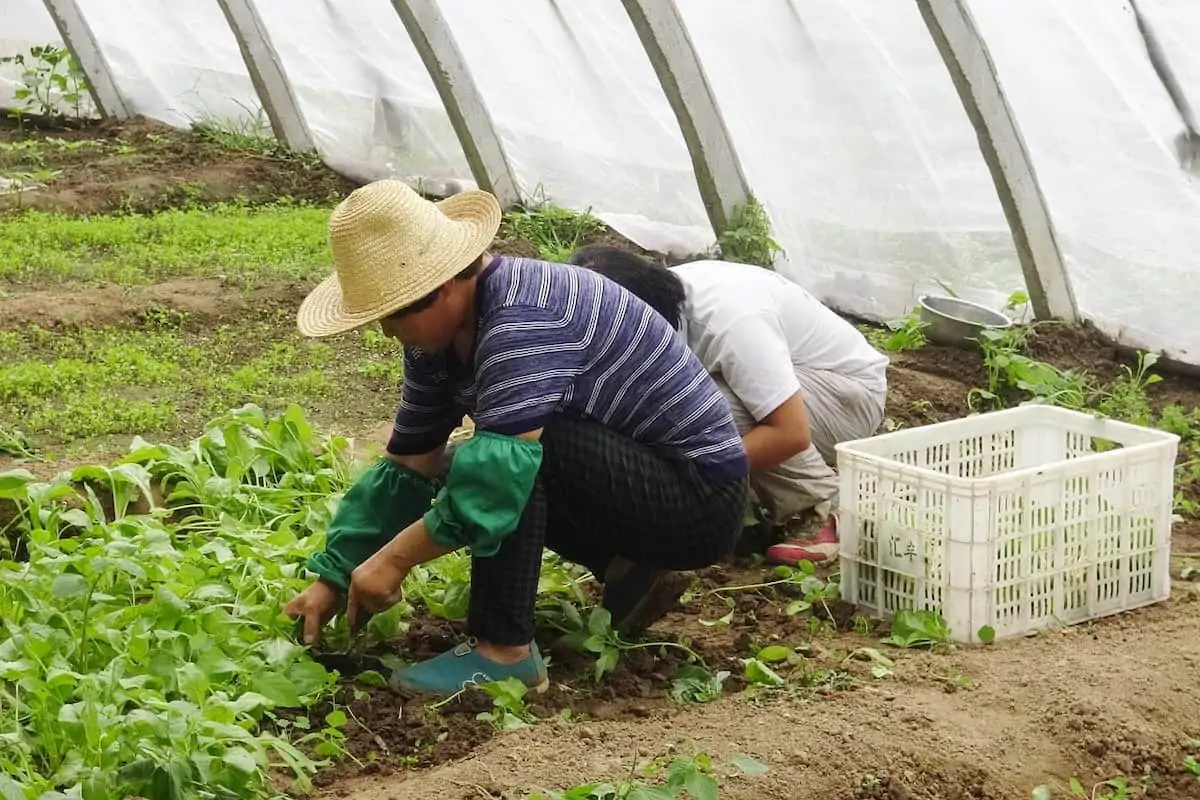How often do you think about the global population? There are more than 7 billion people living on our planet, and that number will continue to climb. The earth could hold more than 8 to 11 billion people in less than 30 years, by 2050, creating the need to boost food production.
If you’re a farmer, however, you’re probably already aware of the growing need to produce food. The question then becomes, how do you do so? How can farmers increase the world’s food supply in a way that feeds people and protects the planet?
Most farmers realize that while enough food is produced to feed everyone on the planet, the issue is one of distribution and access. Many people can’t afford to purchase food or may not have access to land to grow the food they need. It’s clear that food production must increase to keep up with the demand, and at a higher rate than might be expected.
The amount of food produced isn’t the same as the amount of food that reaches people. Some crops fail. Some crops may be lost in the field. Some could spoil while being transported.
Fortunately, there are myriad measures farmers can implement to help increase their yields in a sustainable way. Conventional farming methods involve the use of pesticides and fertilizers, which can improve crop yields. Done for long periods, however, conventional methods might hurt the overall health of the soil and encourage the growth of pesticide-resistant weeds.
Vertical farming — or using indoor space to grow crops — is another way to produce more food, more efficiently. The accompanying resource describes the benefits of vertical farming and how to make the process more effective and boost food production.


